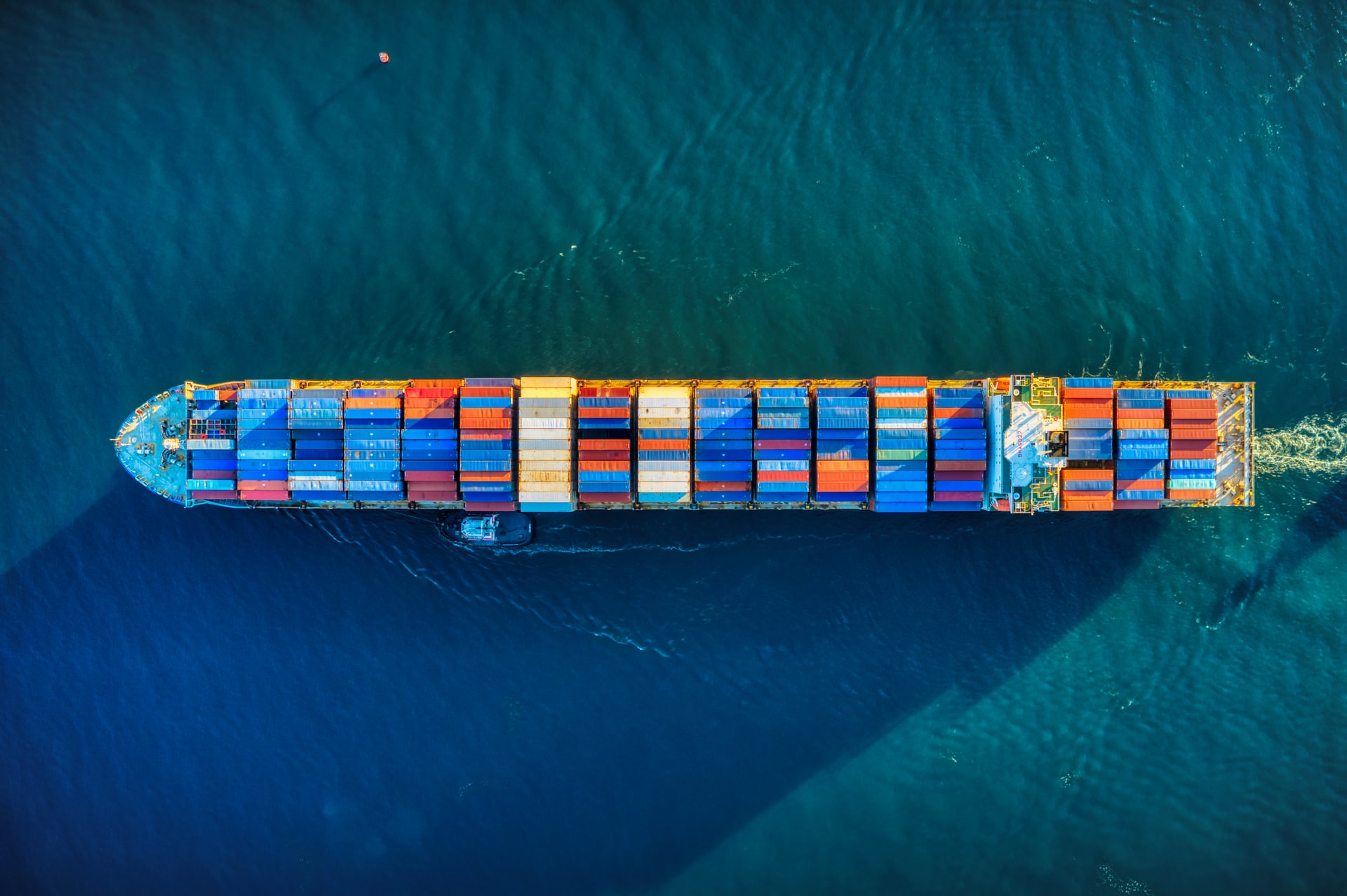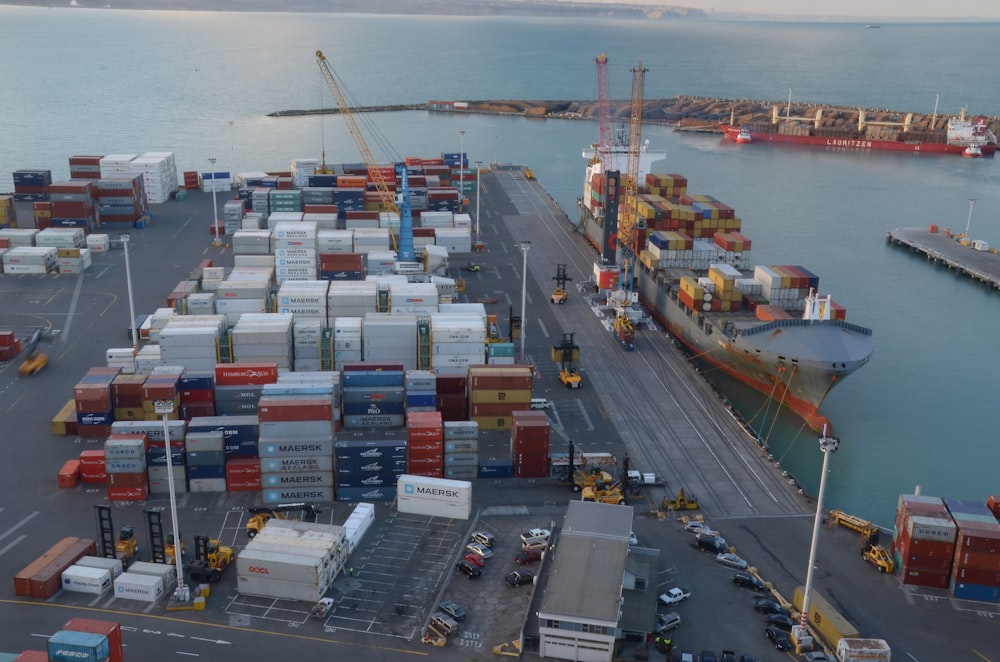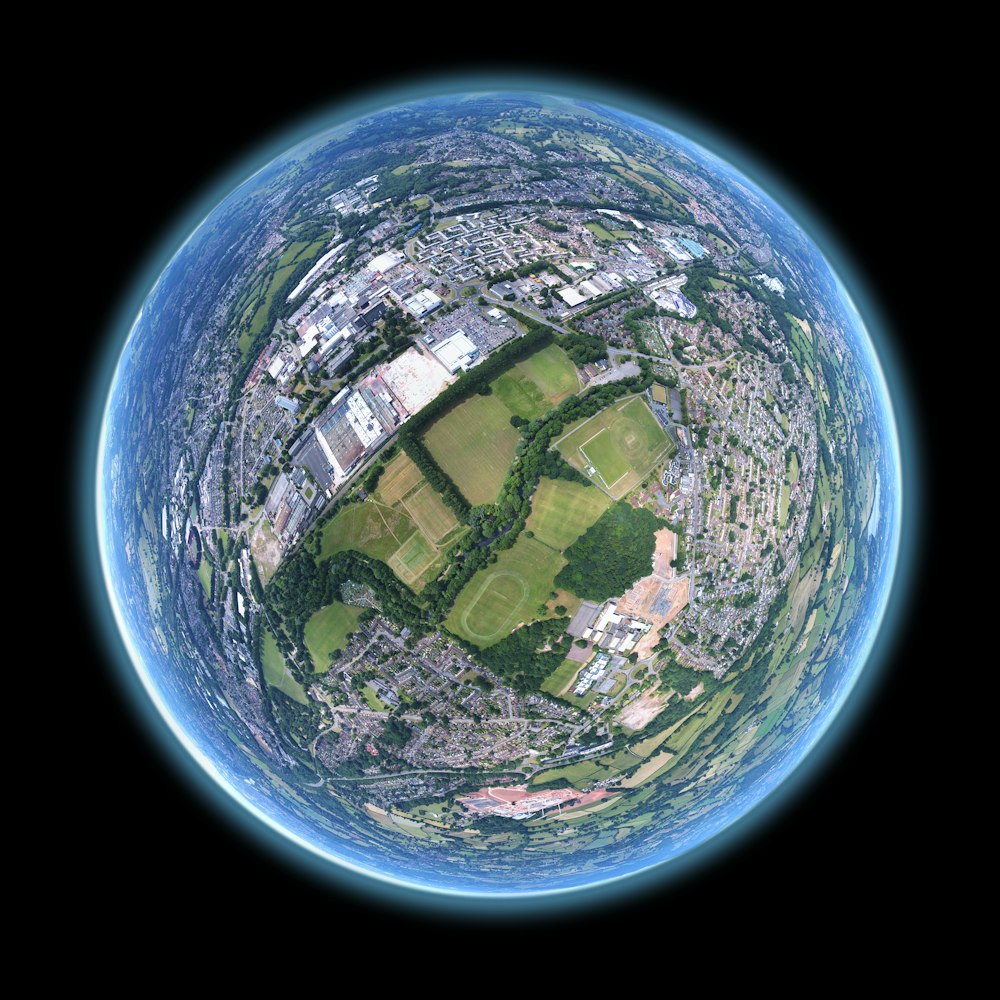How the Suez Canal Impacts our Planet

On March 23, 2021, Evergreen Marine’s container ship Ever Given found itself wedged between both banks of Egypt’s Suez Canal. With the bow of the ship running aground and the stern swinging itself towards the opposite shore, this massive 1,312-foot, 220,000-ton ship was stuck in a major way. For six and a half long days, dredgers removed tons of sand from around the ship’s hull until tug boats were finally able to set Ever Given back on course.
While the captain and crew claim wind from a massive sandstorm caused them to lose control of the ship, a full investigation is still underway. Egyptian authorities have not yet ruled out human or technical error. Regardless of the cause, there is no doubt this event has had a major impact on the shipping industry, and I’m not just talking about the memes.
Where is the Suez Canal?
Since 1869, the Suez Canal has provided ships with a direct route between the North Atlantic Ocean and the Indian Ocean. Cutting through the country of Egypt, this man-made canal splits Africa and Asia, foregoing the need to travel around the entire continent of Africa. 120 miles long and 656 feet wide, an average of 50 ships navigate the Suez Canal every day, carrying over 300 million tons of goods each year.

If you could go back in time 150 years and warn the creators of this canal that future ships would be the size of skyscrapers, they probably wouldn’t believe you. Actually, the tallest building in the world at this time was a 466-foot high cathedral, so they wouldn’t even know what you were talking about. Back here in the future, ships commissioned by Evergreen Marine and others continue to increase in size even though the existing infrastructure remains the same.
In the past 50 years alone, the container-carrying capacity of these ships has increased 1,200%, yet little to no adjustments have been made to ensure the world’s waterways can accommodate them. With this statistic in mind, it’s almost shocking the crisis we witnessed in late March doesn’t happen more often. Piloting a 1,312-foot, 220,000-ton ship down a 656-foot-wide canal leaves zero room for error.
Why is this such a big deal?
With approximately 12% of the world’s trade passing through the Suez Canal each year, a total blockage of any kind stands to impact the global economy for weeks or even months to come. By the time Ever Given was refloated, nearly 500 cargo ships and tankers were stranded on either end of the canal.

At first glance, the immediate impacts can be seen in the radical increase of shipping and fuel costs, as 9% of the world’s oil passes through the Suez Canal each year. With fuel currently playing a vital role in every major industry in the world, this could very well be a domino effect that halts the production and transportation of goods people depend on.
This should serve as yet another piece of evidence in the case for renewable energy. If a six-day delay is all it takes to spur chaos, having alternative energy at their disposal could stand to stabilize these industries when disaster strikes.
The Suez Canal handles 30% of the world’s shipping container freight, many of which contain food supplies. With 60% of the world’s traded food traveling by way of sea, a weeklong delay doesn’t just mean countries relying on these goods will go without for a week or two. On a “good year”, approximately $17 billion worth of perishable food is wasted due to shipping delays and poor handling. While we may not know the exact amount of food that will be wasted due to the Ever Given mishap, it is safe to assume it will inflate this already staggering figure.
It is also estimated Ever Given and other ships delayed by this blockage contained roughly 200,000 sheep, cattle, and other livestock. We have seen how cruel livestock conditions can be on land, so one could imagine how bad they are at sea. Although most ships are required to carry 25% more food and water than necessary when carrying live cargo, many of these animal lives will be lost.
How can we move better?
If this traffic jam on the Suez Canal taught us anything, it’s how interconnected all our systems are. Think for a second about the Egyptian excavator turned meme star that helped free Ever Given last March. None of us knew who he was two weeks ago, but his hard work helped set the world back on track.
Ever Given alone had approximately 18,000 shipping containers on board. From food and livestock to household goods and construction materials, just this ship’s delay stood to impact thousands of lives and businesses. Factoring in the 500 ships forced to wait for the blockage to clear, the long term effects could ripple through the shipping sector for months or even years to come.

Whether it’s from our own doing or an uncontrollable force of nature, things go wrong all the time. It is our ability to turn catastrophe into opportunity that defines us as human beings. This is our chance to learn where the tangible things in our lives come from as well as how much energy it takes to create and transport them to us.
It’s our chance as a global community to look at our shipping and manufacturing practices and discover innovative and sustainable methods of carrying them out. These events should serve as a reminder that we need a systemic approach to creating a better world for all.


Leave a Reply